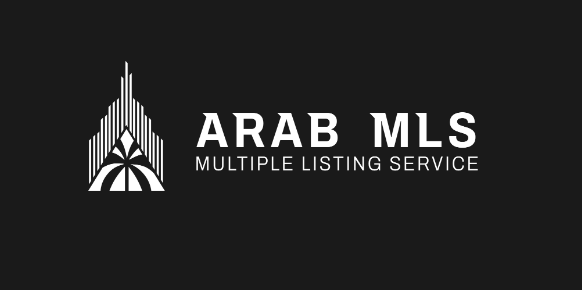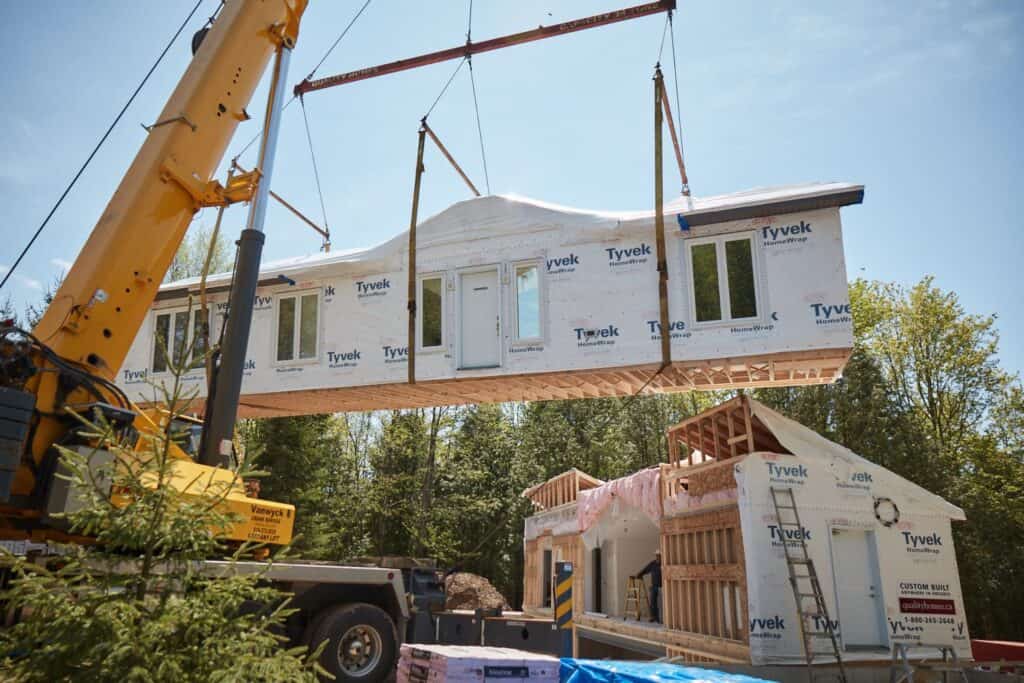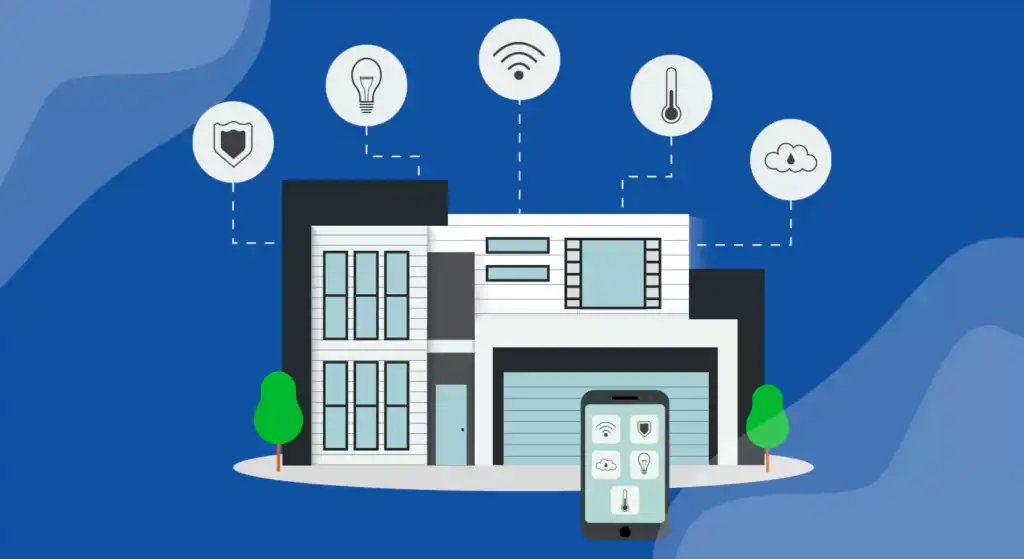The real estate and local services sectors in the Arab world are flourishing, fueled by rapid urbanization, population growth, and increasing demand for well-informed housing choices. As prospective homebuyers, renters, and investors seek trustworthy and comprehensive information about neighborhoods, the value of detailed neighborhood guides is rising sharply. These guides offer deep insights into local lifestyle, amenities, transportation, schools, safety, and cultural highlights.
Developing neighborhood guides not only serves a critical information need but also creates an excellent platform to generate revenue by selling advertising space to local businesses. This article explores how you can create compelling neighborhood guides tailored to Arab audiences, the strategies to monetize them effectively, and why this business model has strong potential in the region.
Why Neighborhood Guides Matter in the Arab World
Arab cities like Dubai, Riyadh, Cairo, Beirut, Amman, and others are evolving at unprecedented rates. Many new residential communities, commercial hubs, and mixed-use developments are emerging, making the real estate landscape complex and challenging to navigate.
Potential residents and investors often feel overwhelmed by the choices and the scarcity of trustworthy information, especially in rapidly developing areas. Here’s where neighborhood guides play a crucial role:
- Simplify Decision-Making: Comprehensive guides help people compare neighborhoods based on relevant criteria—accessibility, safety, facilities, social life, and cultural environment.
- Build Confidence: Accurate, transparent information reduces anxiety and boosts confidence among homebuyers and renters.
- Promote Local Identity: Guides celebrate the unique cultural, historical, and social aspects of neighborhoods, fostering pride and community spirit.
- Drive Informed Investments: Investors can assess neighborhood potential more effectively, reducing risks associated with unfamiliar markets.
For developers, real estate agents, and local businesses, neighborhood guides become valuable marketing and engagement tools, reaching targeted audiences actively interested in local living.
How to Develop Effective Neighborhood Guides
Creating neighborhood guides involves more than just listing facts. To stand out, your guides must be rich in detail, visually appealing, and culturally relevant. Here are the key steps:
1. Select Neighborhoods with Growth Potential and Demand
Begin by researching which neighborhoods attract interest in your target cities. Focus on areas with active real estate markets, new developments, or revitalization projects. You can also consider established neighborhoods with strong community identity.
2. Gather Comprehensive Data

Collect diverse information such as:
- Demographics: Population size, age groups, cultural diversity
- Housing: Types, average prices, availability
- Amenities: Schools, hospitals, parks, shopping malls, restaurants
- Transportation: Public transit options, road connectivity, parking facilities
- Safety: Crime rates, community policing
- Lifestyle: Recreational activities, cultural centers, community events
- Economic Indicators: Employment opportunities, business hubs
Use official sources, local authorities, community surveys, and on-the-ground visits to ensure accuracy.
3. Incorporate Visual Elements
Use high-quality photos, maps, infographics, and videos. Visuals help readers grasp the ambiance and layout of neighborhoods better than words alone.
4. Write in Clear, Engaging Arabic
Tailor the language to your audience using formal Arabic mixed with local dialects where appropriate. Make the content easy to understand, friendly, and inviting.
5. Include Testimonials and Local Stories
Add interviews with residents, business owners, or community leaders to give the guide authenticity and a personal touch.
6. Keep the Guides Up to Date
Neighborhoods evolve rapidly. Regular updates—quarterly or biannually—are necessary to maintain relevance and accuracy.
Formats for Neighborhood Guides
You can develop guides in multiple formats to reach different audiences:
- Printed Booklets or Magazines: Distributed at real estate offices, local businesses, community centers, and events.
- Digital PDFs and E-books: Easy to download, share, and update; cost-effective and eco-friendly.
- Dedicated Websites or Microsites: Interactive guides with search functions, virtual tours, and user reviews.
- Mobile Apps: Location-based services, push notifications for local deals or news, and integration with maps.
- Social Media Content Series: Bite-sized neighborhood insights shared on Instagram, Facebook, or TikTok to engage younger audiences.
Monetizing Neighborhood Guides Through Advertising
Once you have developed quality neighborhood guides, the next step is monetization. Selling advertising space is a highly effective revenue stream with multiple benefits:
Types of Advertisers to Target
Neighborhood guides attract local businesses and services keen on reaching nearby residents or visitors. Potential advertisers include:
- Real estate agencies and developers showcasing properties
- Banks and mortgage lenders offering home loans
- Furniture and home décor stores
- Local restaurants, cafes, and entertainment venues
- Schools, tutoring centers, and childcare services
- Health clinics, gyms, and wellness centers
- Automotive dealerships and car services
- Retail shops and supermarkets
- Community organizations and cultural centers
Advertising Formats
Offer varied advertising options that fit the guide format:
- Print Ads: Full-page, half-page, or quarter-page ads in printed guides.
- Sponsored Sections: Highlight a business through dedicated feature articles or “spotlight” sections.
- Banner Ads and Pop-ups: For digital guides and websites.
- Video Ads: Short clips embedded in online guides or apps.
- Exclusive Sponsorships: Title sponsorships of entire guides or specific neighborhoods.
- Coupons and Deals: Interactive ads offering discounts to guide readers.
Pricing and Packages
Set competitive prices based on your guide’s reach, format, and exclusivity of ad placement. Offer bundled packages combining multiple neighborhoods or platforms (print + digital + social media) to maximize advertiser value.
Consider offering introductory discounts or trial periods to attract first-time advertisers.
Marketing Your Neighborhood Guides
To attract both readers and advertisers, you need a solid marketing strategy:
Build a Strong Online Presence
Create a dedicated website for your guides with SEO optimization. Share snippets and updates on social media. Use Arabic hashtags popular in real estate and local business communities.
Partner with Real Estate and Local Businesses
Collaborate with realtors, developers, and merchants to distribute your guides. Attend local events and expos to network and promote your product.
Use Content Marketing
Publish blog posts, videos, and infographics that showcase neighborhood features, and highlight your guide as a go-to resource.
Leverage Email Marketing
Build an email list from guide downloads, event attendees, and local business contacts. Send regular newsletters with neighborhood news, advertising offers, and updates.
Challenges and How to Address Them
Maintaining Accuracy and Timeliness
Neighborhoods change quickly. Commit to regular research and updates to keep your guides relevant and reliable.
Competition and Differentiation
Many players may offer real estate information. Distinguish your guides through in-depth local insights, quality design, and multimedia content.
Advertising Sales Cycle
Convincing local businesses to invest in advertising may take time. Use testimonials and case studies to demonstrate ROI. Build long-term relationships through excellent client service.
Success Stories and Regional Examples
Some Arab markets already showcase successful neighborhood guide models:
- Dubai’s Community Magazines: Publications that highlight new residential areas with high-end advertising from developers and luxury brands.
- Saudi Arabia’s Urban Guides: Digital platforms offering detailed information about Riyadh and Jeddah neighborhoods, supported by ads from banks and service providers.
- Cairo’s Local Business Directories: Combining neighborhood insights with promotional listings for shops, restaurants, and services.
Learning from these examples and adapting to your specific market’s cultural and economic context is key.
Conclusion
Developing neighborhood guides and selling advertising space is a smart, scalable business model with huge potential in the Arab world’s growing real estate and local commerce sectors. These guides fulfill an essential need for reliable, culturally tailored neighborhood information while creating valuable advertising platforms for businesses targeting engaged local audiences.
By focusing on quality content, thoughtful design, effective marketing, and strong partnerships, you can build a trusted brand that serves both residents and businesses. The synergy between information and advertising creates sustainable revenue streams that grow as cities and communities evolve.
If you’re ready to capitalize on this opportunity, start researching your target neighborhoods today and plan your guide development with your audience’s unique needs in mind. With dedication and strategy, your neighborhood guides can become indispensable tools in the Arab real estate landscape—and a thriving business for you.













